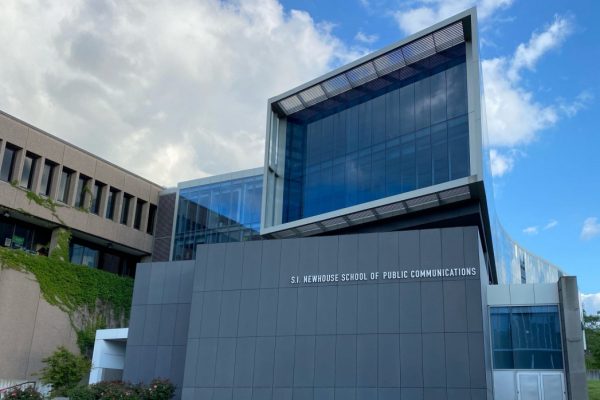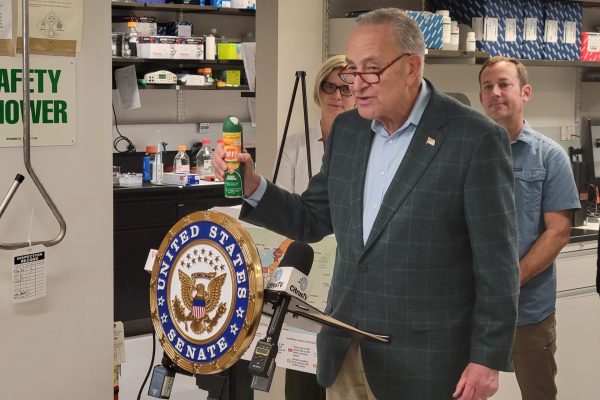SYRACUSE, N.Y. (NCC NEWS) — Summer solstice is about a week away and crops across Central New York are growing per usual. However, the faint memory of this winter’s lack of snowfall and March cold snap are remembered in the soils.
This winter saw over 45 inches of snow in the Syracuse area, according to the National Weather Service. The amount was short of the average of 128 inches, marking this past winter the third least snowiest. Vintners and farmers noted that their crops reacted to the varying temperatures.
“We didn’t get a sustained coldness,” James Nocek, Anyela’s Vineyards owner, said. “It was a lot of undulation, a lot of up and down in temperature. When that happens, first of all, the vines get tricked into doing different things.”
During December and March, Anyela’s Vineyards experienced temperatures staying above zero, when they are built to withstand several degrees below zero. Located on the hillside in Skaneateles, NY — the hillside winery is used to making it through the upstate winters well and can thrive in a hot and dry climate in the summer.
Nocek said they saw more moisture than they would have liked, but he expects that the crop yield will be normal for this year.
Currently, the Central New York area is not in any drought conditions. Nocek said the rainfall has made up for the lack of snowfall leading up until now. As spring brought a warmer climate all around, that effected farm crops differently.
“It warmed up a lot in March,” said Vincent Sicignano, owner of Navarino Orchard. “Then we got a cold snap again. And that affected part of, you know, we lost part of the crop because of that. You freeze off, some, a couple of the berries.”
For the rest of yield, at this time of year the orchard hosts it’s strawberry picking season which has been successful so far. Similar to other farmers, Sicignano is constantly looking into planting different varieties that can withstand the hot to cold temperatures.
As each year continues on, Farmers’ Almanacs are increasingly becoming less reliable.
“I think we’re increasingly going to see in the future that temperatures will just rise and fall really fast,” said Phoebe Barnard, a sustainability professor at the University of Washington. “And farmers may not have time to prepare.”
This points to climate change and now farmers are going to have to anticipate different patterns and extreme events with the weather. Barnard said the practice of climate resiliency could help agriculturalists come together, when trying out new varieties and consistently looking out for diseases in their crops.
“They really need to talk to each other to learn from each other’s experiences, so each person isn’t trying to be a silo of experimentation.”
The National Weather Service predicts this summer will bring above average temperatures.




